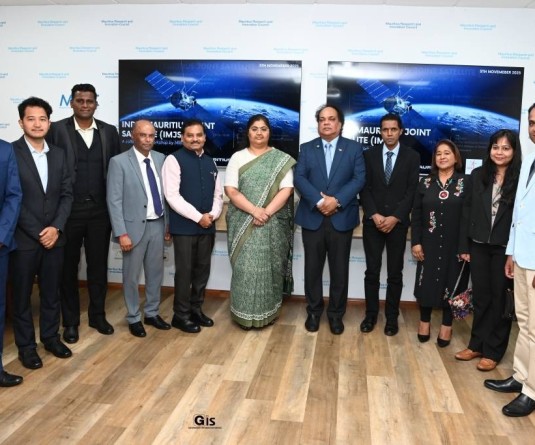IANS Photo

New Delhi, April 11 (IANS) Amid increased interest in cloud engineering, a new study on Thursday showed that the method, while effective in cooling the climate, can work only as a painkiller, not a solution.
Marine cloud engineering, also known as marine cloud brightening (MCB), works primarily by increasing the amount of cloud cover, accounting for 60-90 per cent of the cooling effect, explained researchers at the University of Birmingham in the UK.
"Our findings show that marine cloud brightening could be more effective as a climate intervention than climate models have suggested previously,” said the study's lead author Ying Chen from the University.
However, Ying noted that “MCB does not address the underlying causes of global warming from greenhouse gases produced by human activity”.
"It should therefore be regarded as a 'painkiller', rather than a solution, and we must continue to improve fundamental understanding of aerosol's impacts on clouds, further research on global impacts and risks of MCB, and search for ways to decarbonise human activities."
To investigate the phenomenon, the researchers used aerosol injection from the effusive eruption of Kilauea volcano in Hawaii and created a "natural experiment". They aimed to study the interactions between these natural aerosols, clouds, and climate.
Further, using machine learning, historic satellite and meteorological data, the team created a predictor to show how the cloud would behave during periods when the volcano was inactive.
This predictor enabled them to identify the impacts on the clouds that had been directly caused by the volcanic aerosols.
The findings published in the journal Nature Geoscience showed that the cloud cover relatively increased by up to 50 per cent during volcanic activity, producing a cooling effect of up to -10 watts per square metre (W/m2) regionally.






